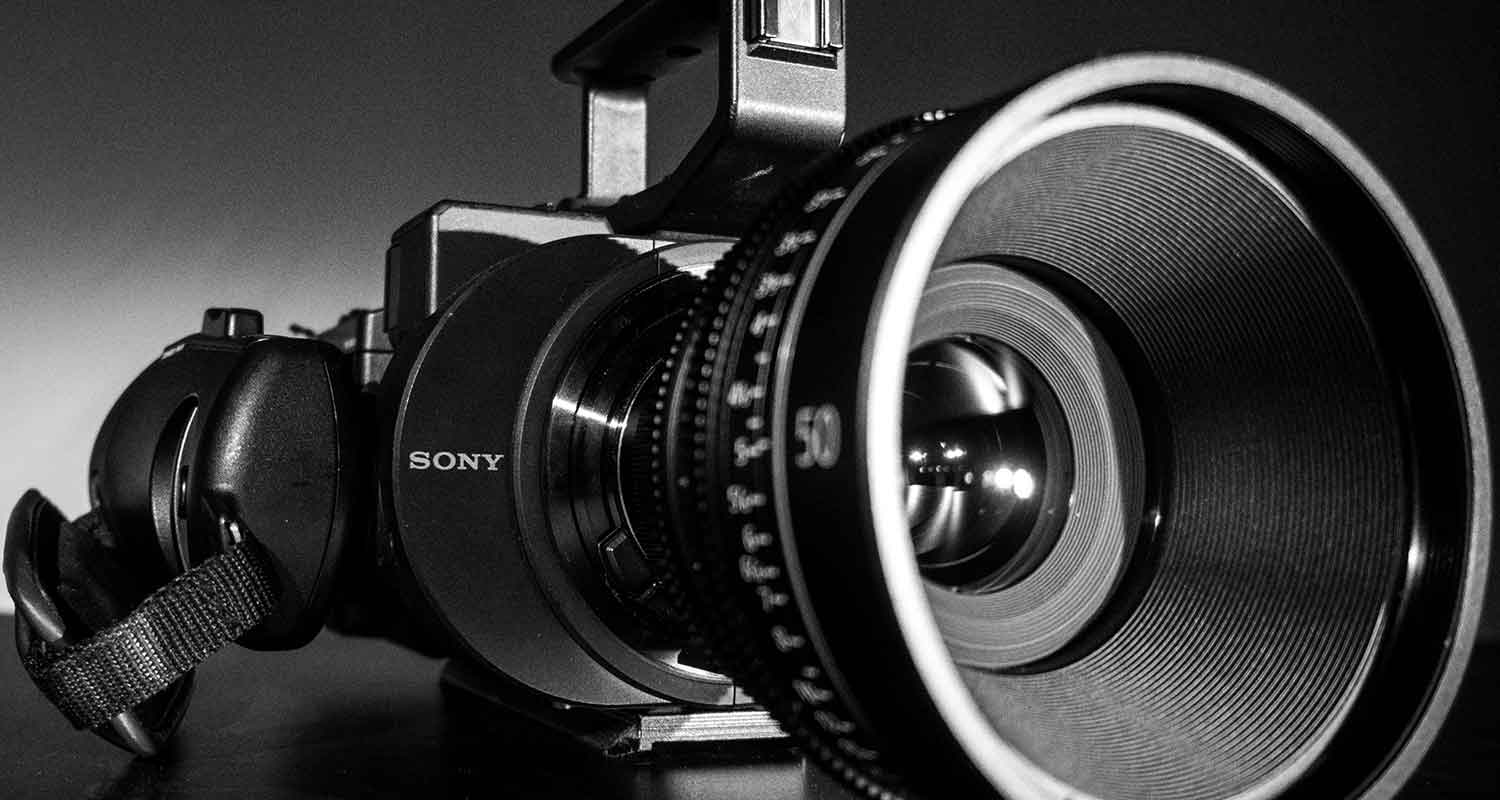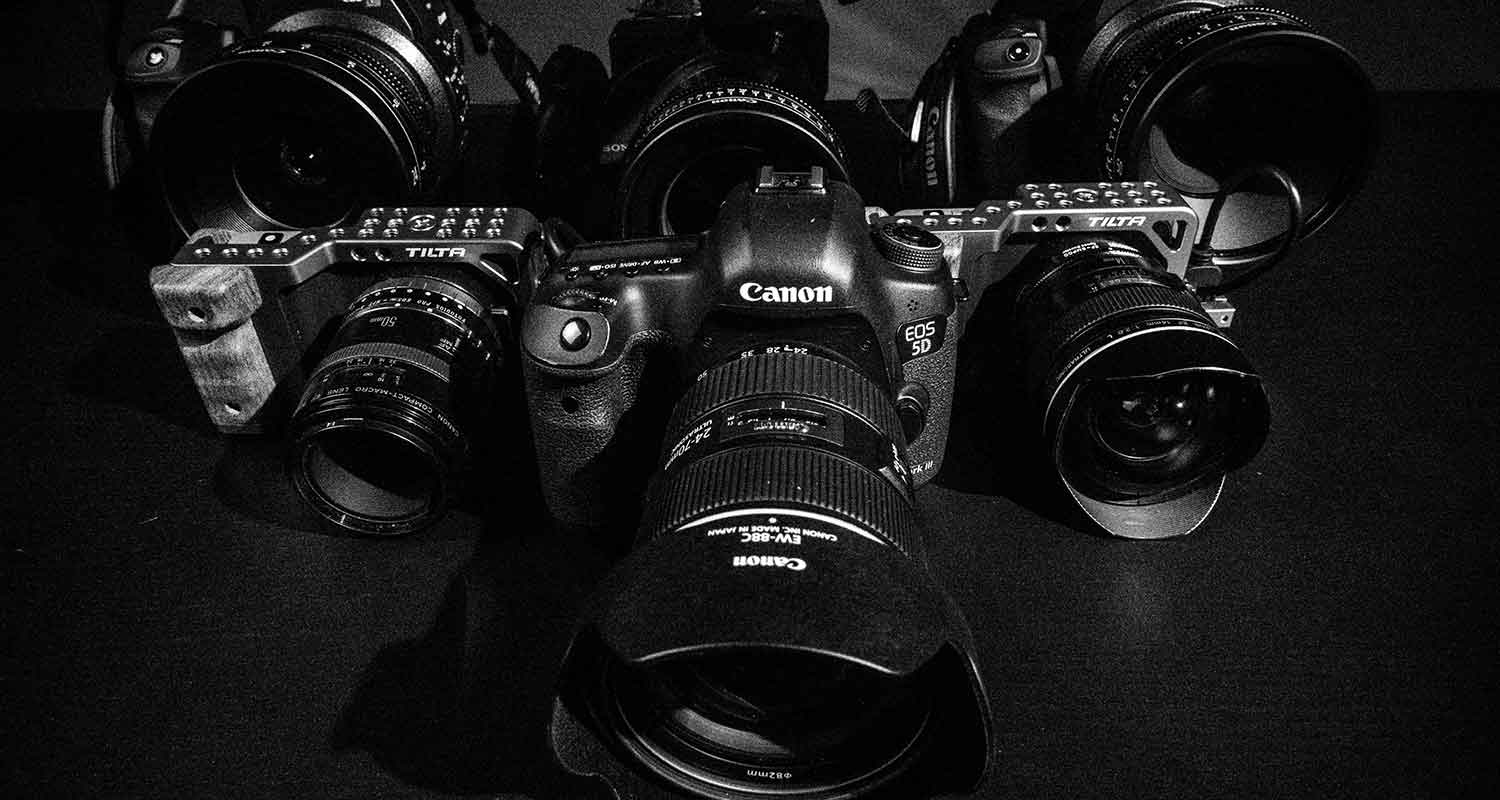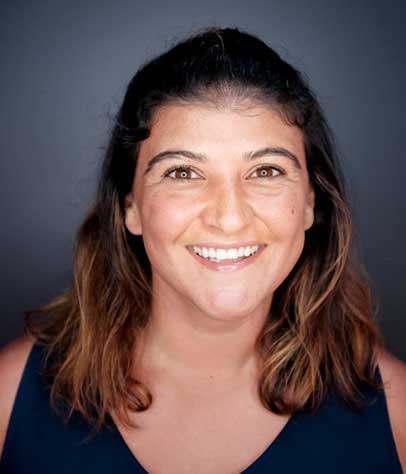How do you choose? How do you make that crucial decision about what’s important. Tacos or burritos? Pirates or ninjas? Majestic unicorns or vicious sharks? How do you decide which is your favorite child? (For the record, Darren’s favorite child is Alex. He said he is a real go-getter and whines less then his actual children). It is this fundamental dilemma of give and take that is at the heart of our camera decision.
For the past 6 months, we have been trying to figure out our next camera purchase and with all the quality choices out there in today’s market, that decision did not come easy. It is not as simple as choosing the camera with the best picture quality or the one that is the most versatile. Production companies have more choice and access to affordable gear then ever before.
Our go-to camera since we started this business has been the Sony NEX-FS700. A beautiful camera with great picture quality, wonderful s-log features and a slow motion option that can stop a bullet. However, there were some huge issues when it came to ergonomics and handling. In short, it felt like a brick wrapped in buttons. We could not grab it and go without switching on the zebras, changing the profile setting, or throwing some sort of rig on it.

(Photo: Alexander Glass)
In our opinion, it really comes down to these two major points of evaluation:
Versatility
We ask a lot out of our cameras. Our days in the journalism world have made us into rugged shooters who grip our cameras with a hard hand and expect them to take the abuse. We want something that feels just as comfortable on the tripod as it does on our shoulder — we want to be able to follow a subject as they walk, throw it on the tripod to get a solid cut away, then move to the ground to get an interesting angle.
So what camera can do that besides a news style camera? This is where our work began. We wanted to maintain the high production quality we had become accustomed to with the FS700, but gain the mobility we used to have in news. Good mid-range cameras that are known for their sharp look and great features, like the C300, the Black Magic Ursa Mini, and the Sony FS7/FS5 caught our eye. But we needed to make sure that the camera could keep up with us in the field. Surprisingly this is more difficult than it seems without Frankenstein-ing a rig together that allows you to achieve the proper versatility.
Picture Quality
The problem that we always found with broadcast cameras was that they didn’t deliver the high quality look we wanted. The Panasonic P2 that I used in news didn’t have the shallow depth of field and the rich colors that production cameras produce. We knew we wanted to stay within the production realm and use something that would produce an amazing image, as well as ability to shoot 4K.
We also wanted to reduce the use of adapters. This is something that needs to be considered when talking about cameras since there are several different lens mounting options. For example, the standard film mounting system is the PL-mount, but Sony uses the E-mount system, and Canon uses the EF-mount system. The only way to mix and match lenses is to use adapters which can reduce the image quality by moving the lens further away from the sensor.
So what did we choose?
There are tons of high-end cameras. The Red Epic is an industry standard. So is the Sony F5. Both fantastic cameras that are a little higher on the price scale. The Black Magic Ursa Mini is getting solid reviews and comes with a good price tag. So is the Sony A7R with its internal 4K. Decisions, decisions.

(Photo: Alexander Glass)
At the end of our discussion it came down to two cameras. The Sony FS7 and the Canon C300. Both produce amazing images, have a reputation for being excellent run and gun options, and have a palatable price tag. But neither exist without their drawbacks.
We went with the Canon C300. When the dust settled we felt that the Canon was a little more versatile and it paired well with our existing library of Canon EF-mount lenses. This camera will serve as our go-to camera for most of our day-to-day documentary style work. Who knows, we still may end up expanding our camera library and dive more into Sony, Red or Arri but for now we felt this was our best move.
Shoot us an email or hit us up on social media and let us know what you look for in a camera.













